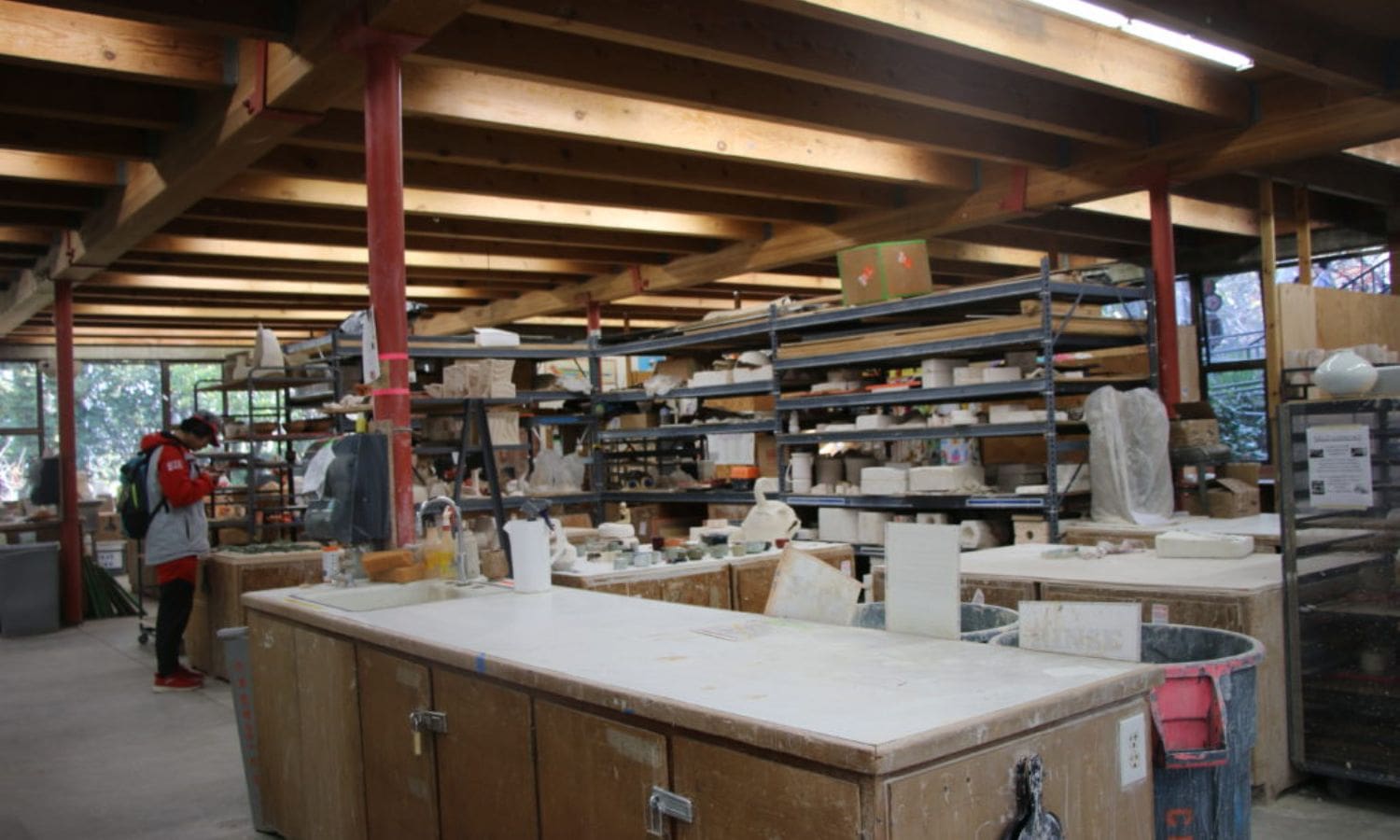Environmental Impact Report for California : Welcome to this article on the Draft Environmental Impact Report (EIR) for the California College of the Arts (CCA) Oakland Campus Project.
As an essential tool for assessing potential environmental consequences, the EIR provides a comprehensive evaluation of the project’s impacts, highlighting its significance in the decision-making process.
This article aims to offer a detailed overview of the regulatory background, components of the redevelopment project, and the importance of transparency in ensuring informed choices.
Key Takeaways Of Environmental Impact Report for California
- The California Environmental Quality Act (CEQA) mandates agencies to evaluate and address environmental impacts through the preparation of an Environmental Impact Report (EIR).
- The Draft EIR for the CCA Oakland Campus Redevelopment Project evaluates potential environmental impacts, suggests mitigation measures, explores alternative project designs and locations, and fosters public participation in the planning process.
- An environmental impact assessment is conducted to identify and evaluate the potential effects of the project, such as pollution and habitat disruption, and develop mitigation strategies.
- The Draft EIR ensures transparency in the decision-making process through public notice and comment periods, public meetings and hearings, review and response to comments, and thorough review by responsible agencies and officials for certification and approval.


Also Read: Dilemma in California: Navigating Rights and Resistance in the Abortion Debate
Introduction and Regulatory Background:
The introduction and regulatory background of the Draft Environmental Impact Report (EIR) for the California College of the Arts (CCA) Oakland Campus Project involves an examination of the pertinent regulations and guidelines governing environmental impact assessments.
The California Environmental Quality Act (CEQA) is the primary regulation in California that mandates agencies to evaluate and address the potential environmental impacts of proposed projects. It requires agencies to prepare an EIR, which is a comprehensive document that analyzes the potential environmental effects of a project and identifies feasible mitigation measures.
The purpose of the EIR is to inform decision-makers and the public about the potential impacts of a project and to provide opportunities for input and dialogue. The EIR process includes a public review period and public hearings to ensure transparency and accountability.
Through this process, the regulatory background ensures that the environmental impacts of the CCA Oakland Campus Project are thoroughly evaluated and addressed in a comprehensive manner.
Components of the CCA Oakland Campus Redevelopment Project:
One key aspect of the CCA Oakland Campus Redevelopment Project involves the incorporation of various components to enhance the overall campus environment. These components include:
- Demolition, preservation, and renovation: The project aims to demolish outdated buildings, preserve historically significant structures, and renovate existing facilities to create modern and functional spaces for learning, creating, and collaborating.
- Open space refurbishment: The campus will be transformed into a greener and more sustainable environment through the refurbishment of open spaces. This includes the addition of gardens, outdoor seating areas, and recreational spaces to promote a sense of community and well-being.
- Residential and commercial construction: The redevelopment project also includes the construction of new residential and commercial buildings. This will provide housing options for students and faculty, as well as spaces for retail, dining, and other amenities to support the campus community.
Purpose and Importance of the Draft EIR:
The purpose of the Draft Environmental Impact Report (EIR) for the California College of the Arts (CCA) Oakland Campus Project is to thoroughly evaluate and assess the potential environmental impacts of the proposed redevelopment, providing critical information to inform decision-making and public understanding.
The Draft EIR serves as a comprehensive document that examines the physical environmental effects of the project, including but not limited to air quality, noise, traffic, and water resources. It goes beyond simply identifying the impacts and also suggests feasible mitigation measures to minimize adverse effects.
Additionally, the Draft EIR explores alternative project designs and locations, allowing decision-makers and the public to consider different options and their respective environmental consequences.
The importance of the Draft EIR lies in its ability to provide transparent and objective information, enabling informed decision-making and fostering public participation in the planning process.


Environmental Impact Assessment:
Continuing the evaluation process, it is imperative to regularly assess the environmental impacts of the California College of the Arts (CCA) Oakland Campus Project through an environmental impact assessment. This assessment will provide a comprehensive understanding of the potential effects that the project may have on the surrounding environment. Here are three key reasons why an environmental impact assessment is crucial:
- Identification of potential impacts: The assessment will help identify and evaluate the possible environmental consequences of the project, including air and water pollution, noise pollution, and habitat disruption. This information is essential for effective planning and decision-making.
- Mitigation measures: The assessment will enable the development of mitigation strategies to minimize or eliminate adverse environmental impacts. This may include measures such as implementing green building practices, noise reduction measures, and habitat restoration.
- Compliance with regulations: Conducting an environmental impact assessment is a legal requirement under the California Environmental Quality Act (CEQA). By complying with this regulation, the project ensures transparency and accountability in addressing environmental concerns.
Transparency and Decision-Making:
Building upon the previous subtopic’s discussion on environmental impact assessment, the transparency and decision-making process surrounding the California College of the Arts (CCA) Oakland Campus Project is of utmost importance. The Draft Environmental Impact Report (EIR) serves as a crucial tool in ensuring that the decision-making process is both transparent and informed. It provides an opportunity for the City of Oakland, responsible agencies, and the general public to understand the potential environmental impacts of the proposed CCA Oakland Campus Redevelopment Project.
This transparency allows stakeholders to provide input, ask questions, and voice concerns, ultimately leading to a more comprehensive and well-informed decision-making process. To further illustrate the significance of transparency and decision-making, the following table highlights the key elements of the process:
| Element of Transparency and Decision-Making | Description |
|---|---|
| Public Notice and Comment Period | Provides an opportunity for public input and feedback on the Draft EIR. |
| Public Meetings and Hearings | Allows stakeholders to ask questions, voice concerns, and engage in discussions. |
| Review and Response to Comments | Ensures that all public comments are considered and addressed in the Final EIR. |
| Certification and Approval Process | Involves a thorough review by responsible agencies and public officials before making a final decision. |
| Document Availability | The Draft EIR and Final EIR are made available to the public for review and reference. |

Conclusion Of Environmental Impact Report for California
The draft environmental impact report for the California College of the Arts (CCA) Oakland Campus project provides a comprehensive assessment of the project’s potential environmental effects.
Through its transparent and detailed analysis, it aids in informed decision-making and ensures that the project adheres to regulatory requirements.
The report highlights the importance of considering the environmental consequences and sets the groundwork for a sustainable and responsible redevelopment of the campus.
Our Reader’s Queries
Q1. Is the CCA Oakland campus closing?
Ans. For a century, the campus stewarded the location, ceasing operations in May 2022 during a consolidation in San Francisco. Recognized as Oakland Landmarks on the National Register, Macky Hall and Carriage House were constructed between 1879-1881.
Ans.Founded in 1907 by Frederick Meyer, CCA aimed to offer artists and designers an education blending theory and practice in the arts. Meyer, originally a cabinetmaker from Germany and a participant in the Arts and Crafts movement, immigrated to San Francisco in 1902.
Our Reader’s Queries
How do I find an environmental impact report?
To gather public input, federal agencies must submit draft Environmental Impact Statements (EIS) and Environmental Assessments (EA) to the Federal Register. Once finalized, the EIS documents are published in the Federal Register and linked to the hosting agency’s website. This ensures transparency and accessibility for all interested parties.
What triggers an EIR in California?
In the event that the agency concludes that the project could potentially have a noteworthy impact on the environment, they are required to prepare an EIR. This is in accordance with Pub. Res. Code §§ 21002.1, 21061, 21080, 21080.1 et seq.; Guidelines §§ 1508015081.5.
What is the difference between NEPA and CEQA?
CEQA outlines the steps for evaluating environmental impact and conducting reviews for projects requiring approval from local or state agencies. Similarly, NEPA provides guidelines for federal agencies to assess the environmental impact of projects that require their approval. Both acts play a crucial role in ensuring that projects are developed in a sustainable and environmentally responsible manner.
What is the CEQA in California?
The CEQA mandates that state and local government agencies must disclose the potential environmental effects of proposed projects to decision makers and the public. Additionally, they must make efforts to minimize these impacts as much as possible.

